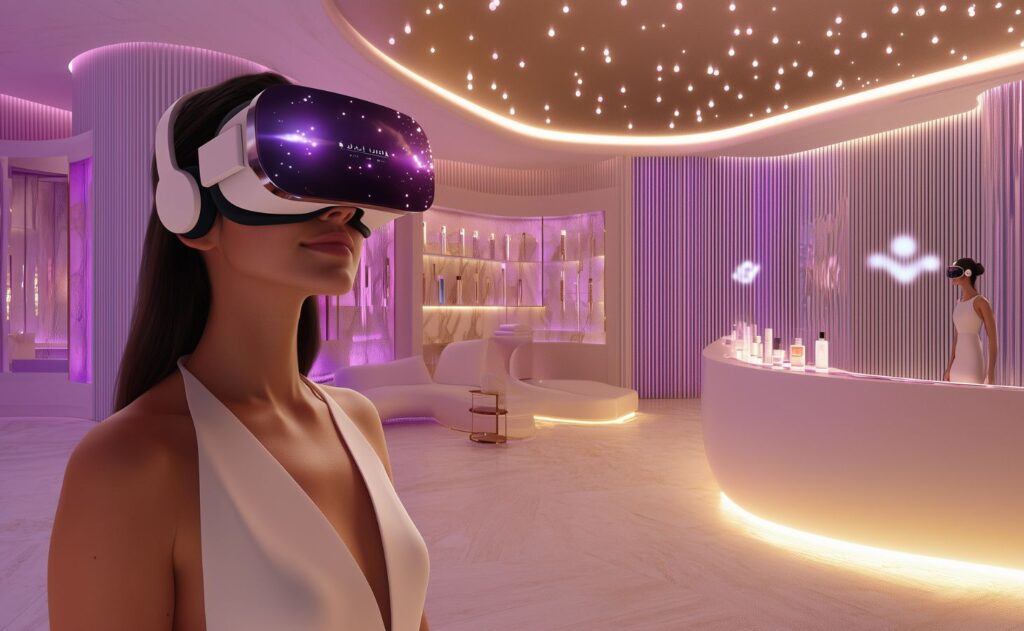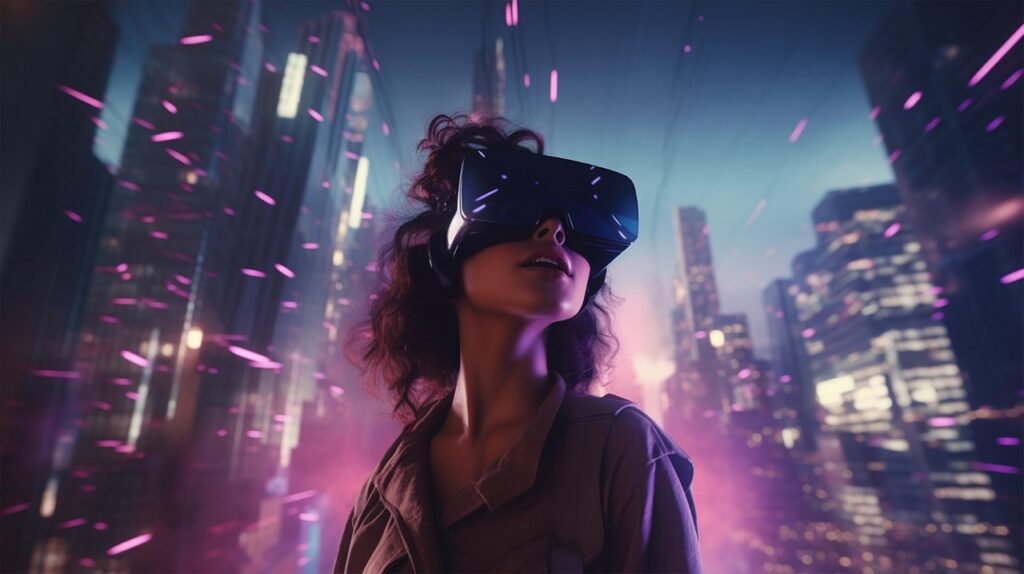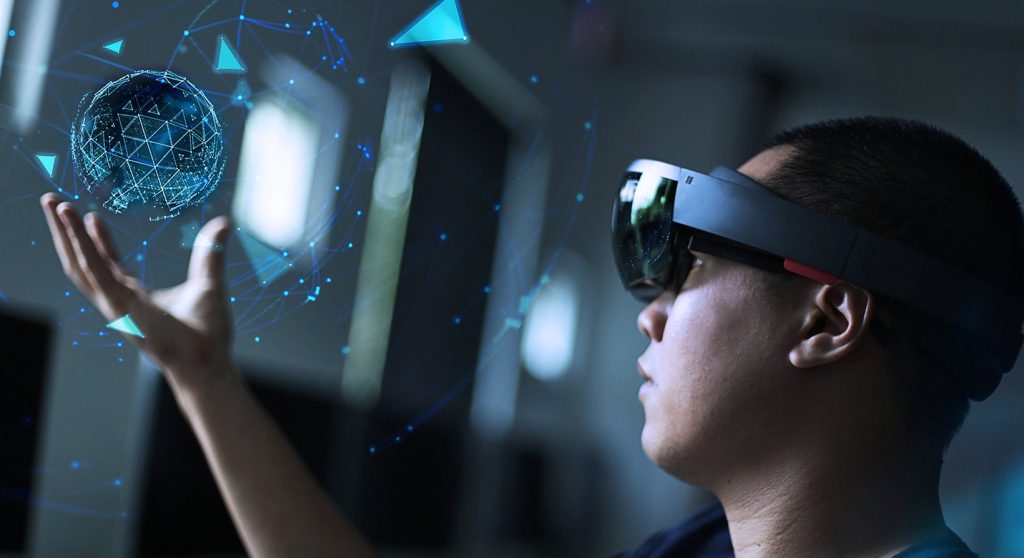In the world of business, keeping up with the latest technology is not just helpful; it’s essential. This is where Vision Pro development comes in, helping businesses offer groundbreaking interactive experiences that can give them an edge over their competitors. Whether it’s immersive training sessions or cutting-edge product presentations, Vision Pro has the potential to change how businesses work in the digital age.
Now, Apple is about to launch its new Vision Pro mixed reality headset, and it’s set to shake things up. Apple wants to make “spatial computing” a term everyone knows. This article’ll explore what Vision Pro is all about and how it could impact businesses. Learn more about exploring the transformative business opportunities with Apple Vision Pro.
Introduction to Apple Vision Pro Development
What is Spatial Computing?
Spatial computing, a term newly introduced to many in the business world through Apple’s recent announcement, is a little novel. As far back as 2003, researcher Simon Greenwold, then associated with MIT Media Lab, delineated spatial computing as follows: “Human interaction with a machine in which the machine retains and manipulates referents to real objects and spaces.” Prominent players in the tech industry, including Amazon, Apple, Magic Leap (my former employer), Meta, and Microsoft, have all crafted their interpretations. Still, they converge on this essence: Spatial computing represents an evolving computing paradigm that seamlessly merges our tangible reality with virtual experiences, employing various technologies. This fusion empowers humans to engage and communicate with each other and machines in novel ways while endowing machines with fresh capabilities to navigate and comprehend our physical surroundings.

The Apple Vision Pro, set for release this year, serves as a prime example of a spatial computer. This headset projects virtual elements into your surroundings, facilitating interaction through gestures, gaze, or voice—eliminating the need for screen tapping or a mouse. However, Apple isn’t the pioneer in consumer spatial computing. Other companies like Microsoft with the HoloLens 2 and Meta with the Quest Pro have already brought spatial computers to the market.
From a business standpoint, spatial computing ushers in the opportunity to create new content, products, experiences, and services that transcend the boundaries of both physical and virtual domains. It extends computing into every facet of what you can see, touch, and comprehend, catalyzing innovation and transformation in diverse industries.
Spatial Computing vs AR & VR: A Concise Comparison
Virtual Reality (VR) immerses users entirely in a virtual world, disconnecting them from the real environment. VR devices lack awareness of physical objects like a nearby couch, making them ideal for applications such as gaming. Sony’s PS VR is a prime example of consumer VR technology.
Conversely, Augmented Reality (AR) overlays virtual elements onto the real world, commonly accessible via smartphones. AR apps, utilizing smartphone features like GPS and rear cameras, provide location-aware experiences, such as navigation guidance or games like Pokémon Go. However, interaction with AR elements remains confined to the smartphone screen.
In stark contrast, spatial computing enables direct interaction with virtual objects using hand gestures in the physical space before you. This “space” aspect in “spatial computing” grants the sensation of physically interacting with virtual objects as if they were genuinely present. Furthermore, advanced spatial computing can cast virtual shadows on real-world objects, enhancing the sense of depth and tangibility in the virtual elements.

What is Apple Vision Pro? 🕶️
Unveiled at WWDC 2023, the Apple Vision Pro presents a glimpse into Apple’s visionary future. This mixed-reality headset, combining augmented and virtual reality features, is slated for release in early 2024 priced at $3,499, and promises features and applications that justify this investment. While it doesn’t solely function as a VR device, the Apple Vision Pro harmoniously integrates both AR and VR functionalities. Apple labels the headset and its operating system as spatial computing, ingeniously merging software with the user’s surroundings through video passthrough. The Vision Pro, unlike conventional goggles or glasses, completely covers the user’s eyes. Yet, its high-definition cameras relay a 3D video of the surrounding environment via ultra-sharp displays. With its advanced features and capabilities, Vision Pro allows businesses to create immersive applications that captivate users like never before. You can learn more about 5 shocking features that you must know about Apple Vision Pro.
Apple Vision Pro Application Development 📲
Apple Vision PRO Application Development is revolutionizing software creation by leveraging the platform’s cutting-edge AR/VR capabilities and advanced processing power. This development niche emphasizes immersive, user-centric applications that blend digital and real-world experiences, ensuring security, privacy, and intuitive user interfaces. Comprehensive resources and tools allow developers to explore innovative ideas and craft applications that redefine user engagement. With its focus on augmented and virtual realities, Apple Vision PRO is setting new standards for interactive app development, promising a future of captivating digital experiences.
Most Common Use Cases of Vision Pro 📈
- Gaming industry 🎮
- Presentation of designs and objects 📐
- Content consumption 📱
- Business communication 🗣️
- Education 🎓
- Presentation of projects/services 🎁
- Virtual office 🖥️
- Working with AI 🤖
The Importance of Vision Pro Development for Business Services
In B2B services, staying ahead of technological trends is paramount. Embracing Vision Pro development offers businesses a competitive edge by enabling them to provide engaging and interactive experiences to their clients. From training simulations to product demonstrations, Vision Pro apps have the potential to transform the way businesses communicate and operate.
How to Develop for Apple Vision Pro: 6 Step-by-Step Guide
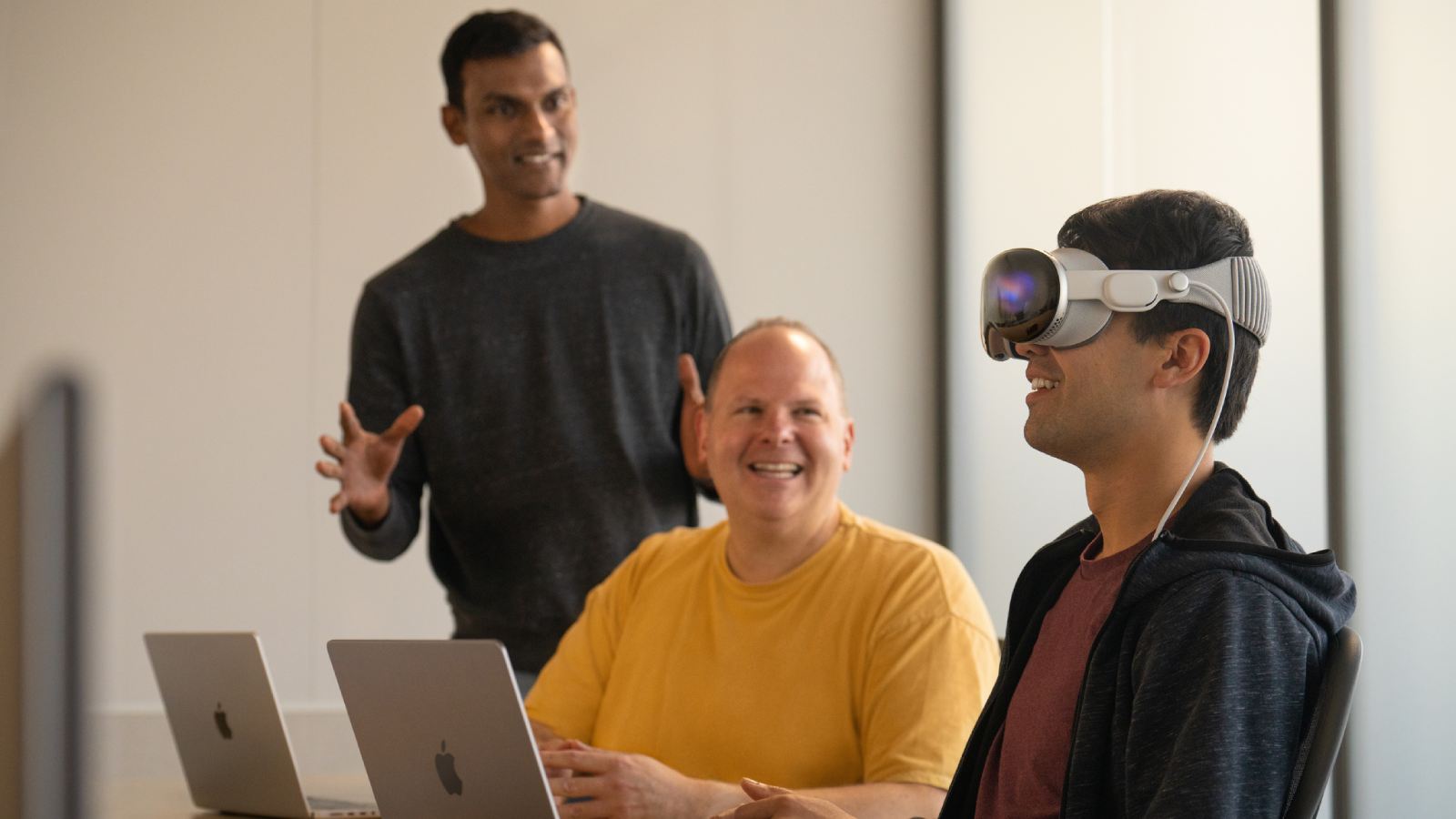
1. Understanding the Apple Vision Pro Ecosystem
To embark on your Vision Pro development journey, it’s crucial to understand the ecosystem. Vision Pro creates a big screen for apps that goes beyond the usual limits of a regular display. It also brings in a 3D way of using things on the screen, using natural things like your eyes, hands, and voice. It has something called visionOS, which is the first system of its kind. This makes it feel like digital elements are with you in the same place. By understanding how this system works, you can make the most out of what it can do.
2. Setting Up Your Development Environment
Before diving into coding, setting up your development environment is a critical step. Gather the necessary tools and software, and configure your workspace to ensure smooth development. This environment will serve as the foundation for your creative process. Developers can use Apple Vision Pro’s innovative capabilities to craft fresh user experiences using familiar frameworks from other Apple platforms, such as Xcode, SwiftUI, RealityKit, ARKit, and TestFlight. With these tools, developers can craft new kinds of apps that offer various levels of immersion. This includes creating windows with depth to display 3D content, making volumes that allow viewing from any angle, and designing spaces that fully surround users with limitless 3D content experiences.
3. Key Considerations for Vision Pro App Development
Creating successful Vision Pro apps involves more than just coding skills. User experience, performance optimization, and design aesthetics play pivotal roles. Collaborating with an AR/VR developer studio such as YORD is recommended to balance these aspects to deliver flawless apps that engage users effectively.
4. Coding for Apple Vision Pro: Best Practices
Coding for Vision Pro requires adherence to specific best practices. Following these practices can streamline your development process and produce high-quality applications. In this matter, YORD studio has built an outstanding reputation for delivering high-quality AR and VR applications and solutions for businesses worldwide. Explore some of the best practices.
5. Testing and Debugging Your Vision Pro App
Rigorous testing and debugging are essential before presenting your app to the world. Learn how to utilize emulators, simulators, and real-device testing to ensure your app works seamlessly across various scenarios. A polished app enhances user satisfaction and minimizes issues post-launch.
6. Submitting Your Vision Pro App to the Apple App Store
Your hard work culminates in the app submission process. Navigating Apple’s guidelines and requirements can be intricate, but a step-by-step guide simplifies the process. Walk through the submission journey confidently, knowing your app aligns with Apple’s standards.
Explore Yord’s 6 Vision Pro Solutions for Your Business
1. Immersive Experiences
Apple Vision Pro redefines user engagement by blending virtual content seamlessly with the real world. Imagine your customers interacting with product demonstrations, trying out virtual versions of your products, or being part of an immersive brand story. These experiences are not only captivating but also leave an indelible mark on your customers, making them more likely to remember and choose your brand.
2. Enhanced Customer Engagement
In today’s competitive market, differentiation is key. With Apple Vision Pro, you can offer unparalleled interactive experiences, allowing customers to delve deeper into what you offer. By providing personalized and immersive interactions, you not only engage your customers but also build stronger brand loyalty and increase the chances of conversions.
3. Increased Operational Efficiency
Apple Vision Pro isn’t just about enhancing customer experiences; it’s also a powerful tool for streamlining business operations. Whether for training purposes, simulations, or real-time data access, Apple Vision Pro can catalyze more efficient processes. By providing employees with real-time data overlays and contextual information, you empower them to make informed decisions quickly, reducing errors and boosting productivity.

4. Competitive Advantage
Incorporating Apple Vision Pro into your business strategy gives you a significant leg over competitors. This state-of-the-art technology allows you to present your offerings in a way that’s both innovative and resonates with modern consumers. By delivering top-tier AR experiences, you set your brand apart and position yourself as a forward-thinking leader in your industry.
5. Versatility Across Industries
The beauty of Apple Vision Pro lies in its adaptability. Whether in retail, healthcare, education, manufacturing, or any other sector, this technology can be tailored to suit your needs. It offers endless possibilities to reinvent customer interactions, streamline operations, and ultimately drive business growth.
6. Virtual Events & Meetings
Transform remote interactions into unforgettable experiences with virtual events and meeting solutions. Host conferences, seminars, and workshops in virtual environments that foster networking, engagement, and collaboration from anywhere worldwide.
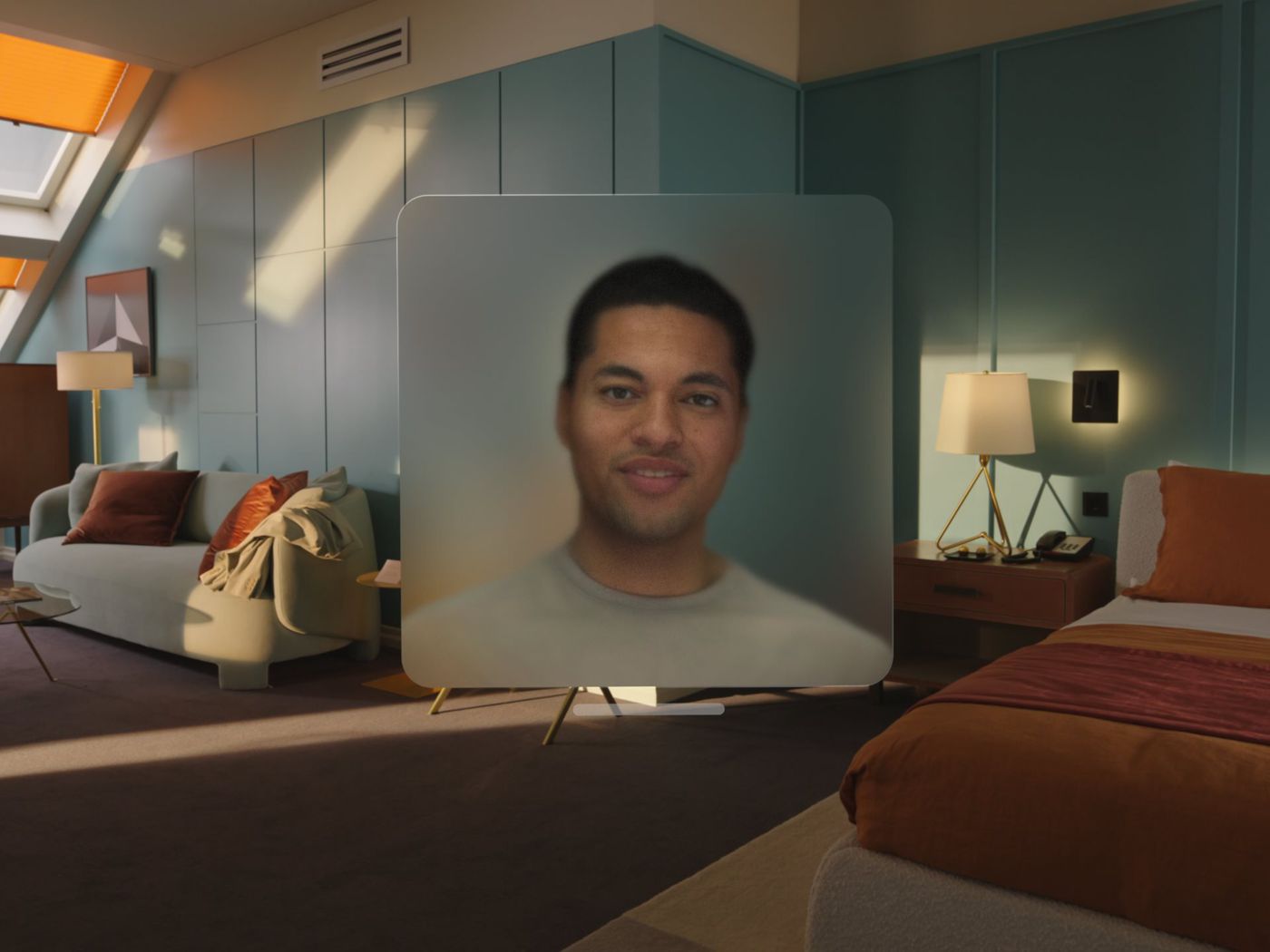
How Can I Get Started with Vision Pro Development?
Embarking on your Vision Pro development journey is exciting yet can be overwhelming. In most cases, teaming up with a professional developer studio with experience in VR and AR can make things much more manageable. YORD studio walks on your side throughout the process, promising the best results for your project.
👋 get in touch
By clicking the “send” button, I agree to the collection and processing of my personal data as described in the Privacy Policy.


